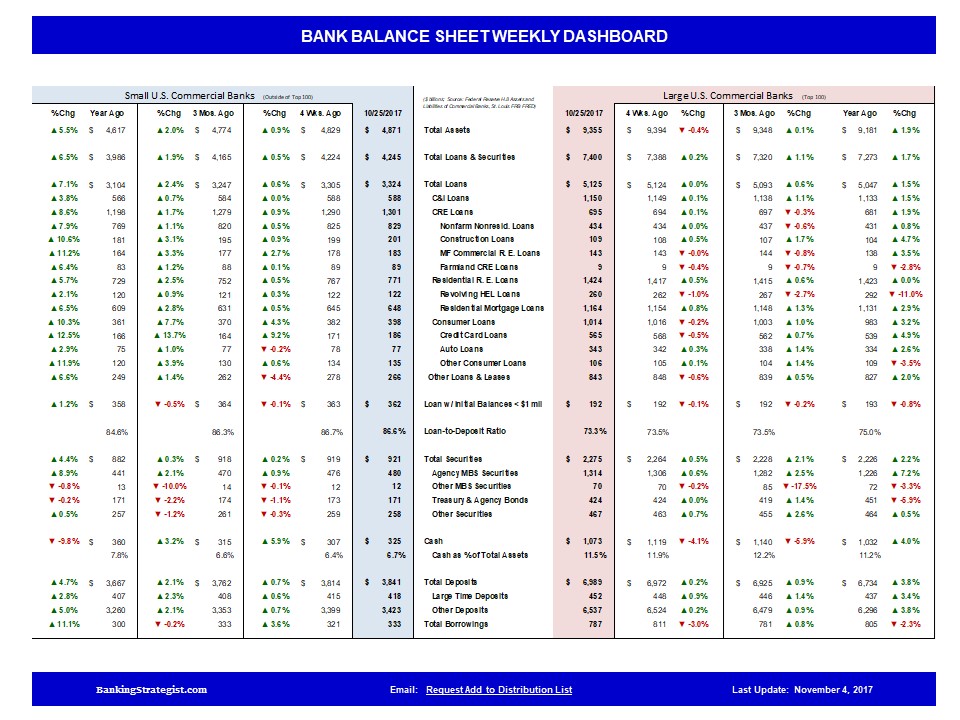Senate Banking Committee’s announcement on bipartisan bank regulatory relief bill very promising. And it exemplifies how bipartisan leadership - led by Senator Crapo and this group of senators - can formulate reasonable principles for legislative action. Cosponsors include: Republicans: Mike Crapo (R-Idaho), Bob Corker (R-Tennessee), Tim Scott (R-South Carolina), Tom Cotton (R-Arkansas), Mike Rounds (R-South Dakota), David Perdue (R-Georgia), Thom Tillis (R-North Carolina), John Kennedy (R-Louisiana), Jerry Moran (R-Kansas) and Democrats: Joe Donnelly (D-Indiana), Heidi Heitkamp (D-North Dakota), Jon Tester (D-Montana), Mark Warner (D-Virginia), Tim Kaine (D-Virginia), Angus King (I-Maine), Joe Manchin (D-West Virginia), Claire McCaskill (D-Missouri), and Gary Peters (D-Michigan).
Senator Crapo stated: "The bipartisan proposals on which we have agreed will significantly improve our financial regulatory framework and foster economic growth by right-sizing regulation, particularly for smaller financial institutions and community banks."
The press release summarizes key aspects of the proposed legislation as improving consumer access to mortgage credit; providing regulatory relief for small financial institutions and protects consumer access to credit; providing specific protections for veterans, consumers and homeowners; and tailoring regulations for banks to better reflect their business models.
Here are links to: Press Release and Section-by-Section Summary.
One key element of the proposal is to provide regulatory relief to Community Banks if they meet a minimum Community Bank Leverage Ratio. Pending final legislative wording (and eventually regulatory wording), if we use a simple Tangible Equity Ratio (equity capital less intangible assets divided by total assets less intangible assets), the chart below estimates the number of Community Banks and percentage of Community Banks by asset size would achieve the target using the low, mid and high range of the proposal: 8%, 9% and 10%.
For example, if the Community Bank Leverage Ratio is established as a minimum of 8%, over 93 percent of Community Banks in the asset ranges below $1 billion would meet this standard. And, for Community Banks between $1 billion and $10 billion, 89 percent would meet the test. Is 8% workable? Remember that under Prompt Corrective Action thresholds, the leverage ratio (as defined under current regulation) is 5%. The lower range in this proposal is 300 basis points, or 60 percent higher! Seems reasonable?
At the midpoint of 9%, between 70 and 82 percent of Community Banks depending upon the asset ranges below $1 billion would meet this standard. And, for Community Banks between $1 billion and $10 billion, approximately 70 percent would meet the test.
We are early in the legislative process so only time will tell. But this is a great start and important bipartisan effort. Congratulations to Senator Crapo and the co-sponsors for initiating this proposal.
Will provide an update on this Blog when the final legislative text is available.






